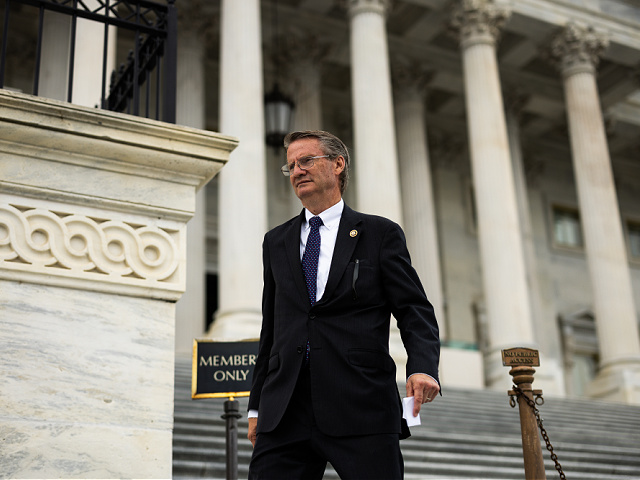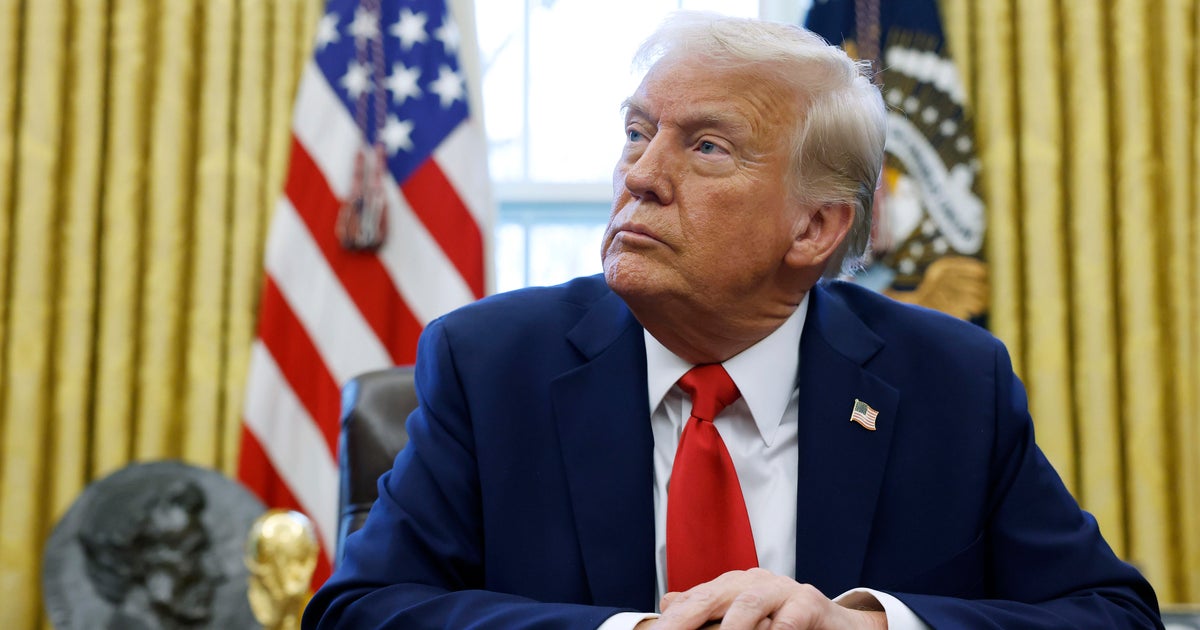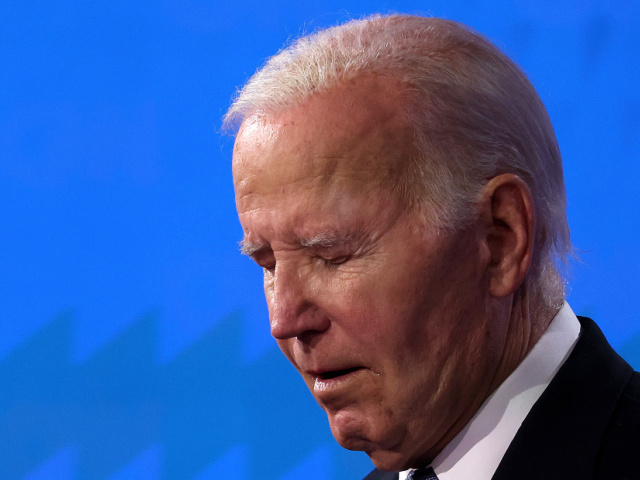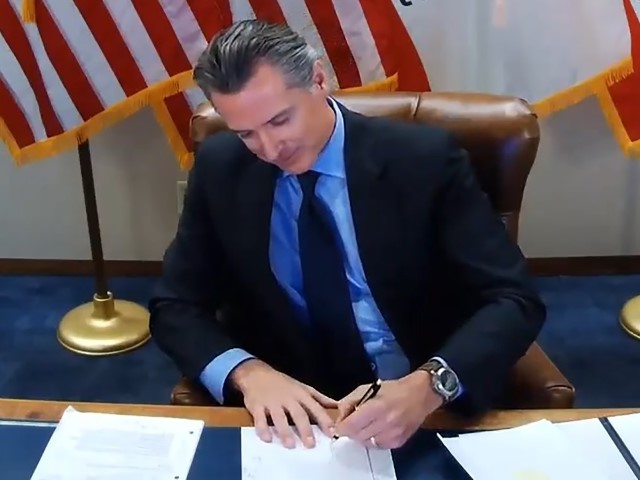NIH Cuts Indirect Cost Rates for Research Funding

The NIH has announced a cut in indirect costs for research grants from an average of 30 percent to a flat 15 percent, leading to potential budget crises for biomedical research institutions across the US.
Grants provided by the federal government encompass two primary components: direct costs and indirect costs. The direct costs cover the essential expenses involved in conducting research, such as salaries, equipment, and consumables like chemicals and enzymes. Conversely, indirect costs are allocated to universities and research institutions, aiding in the maintenance and provision of laboratory spaces, heating, electricity, and various administrative functions.
The indirect costs are negotiated with each research institution and typically average around 30 percent of the total grant amount. Some institutions have seen indirect rates reach up to 50 percent of the grant value.
On Friday, the National Institutes of Health (NIH) declared an end to the previously negotiated rates. All existing grants, as well as future funding, will now see the indirect cost rate capped at just 15 percent. This abrupt change, implemented without prior notice, is set to devastate the budgets of nearly all biomedical research institutions.
This new policy is articulated in a supplemental guidance document that revises the 2024 grant policy statement. The document references federal regulations permitting the NIH to apply a different indirect cost rate than the negotiated amounts with research institutions for either a class or single Federal award, provided a justification is presented. Much of the document outlines the lower indirect costs associated with funding from charitable foundations compared to those from the NIH.
The lower reimbursement rate will affect all newly funded grants and retroactively apply to existing grants, which may raise legal challenges due to the stipulations outlined in the cited regulations. These regulations state that Federal agencies must include indirect cost policies in their funding opportunity announcements. Nevertheless, this policy change is expected to significantly hinder biomedical research across the United States.
The actual indirect costs of research are substantial. Biomedical research particularly generates a consistent stream of chemical and biohazard waste that must be managed according to state and local regulations, often necessitating trained staff. Moreover, animal research requires specialized facilities along with safety protocols for hazardous pathogens, making the operations much more complex than merely keeping the lights on.
These local variations in regulations, as well as differences in utility costs and salaries, contribute to the disparity in indirect cost rates among institutions. Implementing a standard flat rate will disproportionately penalize those institutions located in high-cost urban areas. This could be intentional, serving a broader ideological agenda.
It is crucial to understand that any responsibilities not performed by institutions will revert to the scientists, diverting their focus from research to administrative duties. Thus, the policy's indication that it aims to prioritize funding towards direct research costs over administrative overhead appears deeply ironic.
While initiating a dialogue about appropriate overhead rates can be beneficial, the NIH's decision to act unilaterally is likely to inflict severe damage on biomedical research in the United States. Institutions have already established budgets based on expected overhead support, and the sudden policy adjustment provides them no adequate time to adapt.
Universities are now in a precarious position concerning how to mitigate the looming financial crisis, with options likely limited to drastically scaling back research activities or reallocating necessary funds from direct grant costs. This shift in focus will compel scientists to spend more time writing grants rather than conducting their research.
In light of the government's ambition to significantly reduce the funding for the National Science Foundation, this move reads as a broader attempt to undermine scientific inquiry in the United States. The resulting harm to research universities could be seen as a favorable outcome by political movements which have consistently shown aversion to expertise.



:max_bytes(150000):strip_icc():focal(1031x618:1033x620)/brussel-sprout-toast-realsimple-9279-f321e98e334c4c928958a6e276f7fa04.jpg)
















